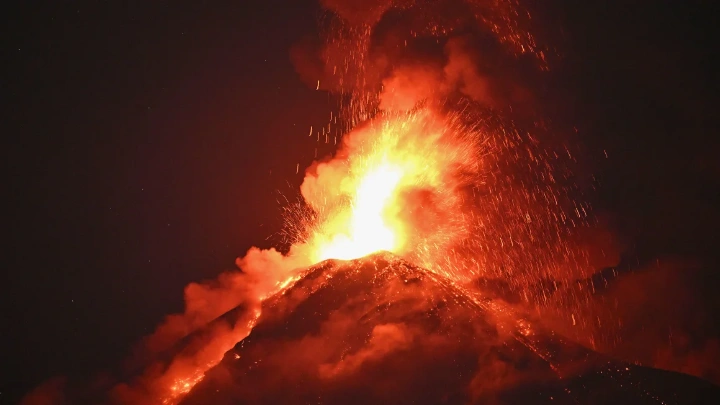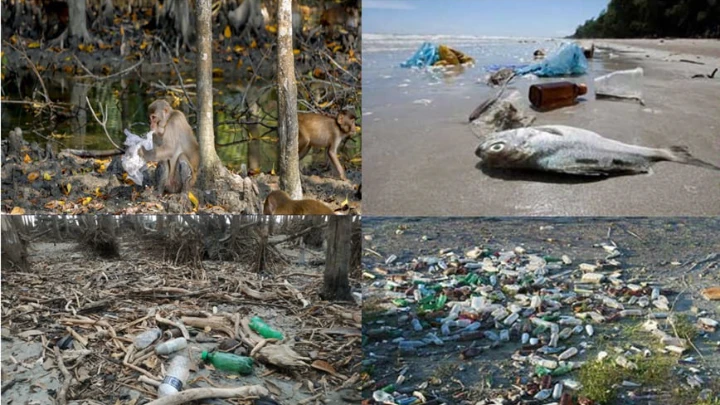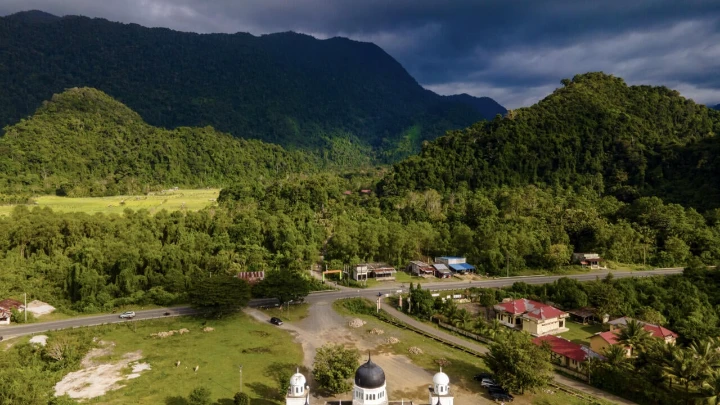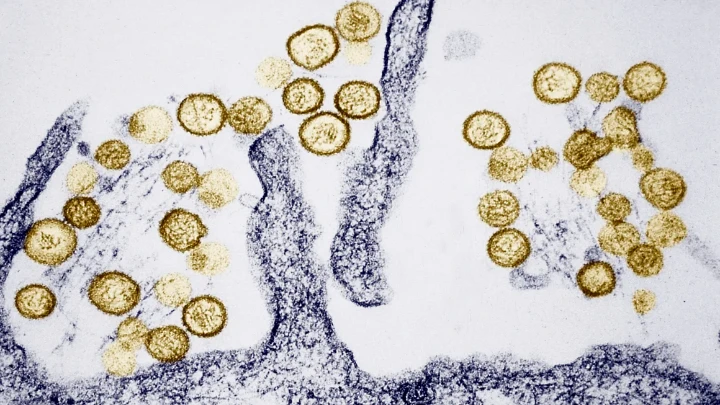The biggest volcano in the world, Mauna Loa, erupts in Hawaii
Shining BD Desk || Shining BD
Mauna Loa, the world's largest active volcano, has erupted for the first time in nearly four decades, and civil defense officials Monday warned residents on Hawaii's Big Island to stay alert even though there doesn't appear to be any immediate danger.
"Lava flows are not threatening any downslope communities," the U.S. Geological Survey said in its most recent update.
Still, the agency warned, "the early stages of a Mauna Loa rift zone eruption can be very dynamic, and the location and advance of lava flows can change rapidly."
The eruptions began late Sunday after a series of fairly large earthquakes, said Ken Hon, the scientist-in-charge at the Hawaiian Volcano Observatory.
“Typically, Mauna Loa eruptions start off with the heaviest volume first,” Hon told The Associated Press. “After a few days, it starts to calm down a little bit.”
It could take the lava weeks or months to reach the county seat, Hilo, or other towns on the east side of the island, scientists said. But the 200,000 people potentially in harm's way are more than double the population 38 years ago when Mauna Loa last erupted.
“We don’t want to try and second-guess the volcano,” Hon said. “We have to let it actually show us what it’s going to do and then we inform people of what is happening ASAP.”
Most of the people on the island live west of the volcano in Kailua-Kona, which has about 23,000 people, and Hilo to the east, which has 45,000 residents.
But 5,000 people live in several subdivisions south of the volcano — and they are the residents officials are most concerned about.
Mauna Loa, which is in Hawaii Volcanos National Park, erupted at 11:30 p.m. local time Sunday (4:30 a.m. ET Monday), according to the USGS. It was the first eruption since 1984, according to its Hawaii Volcano Observatory daily update.
The eruption began at the summit in Moku‘āweoweo and soon spread to what is known as the Northeast Rift Zone, "where fissures are feeding several lava flows."
"Winds may carry volcanic gas and possibly fine ash and Pele’s hair downwind," the agency said, referring to a type of lava.

Thermal imagery shows the eruption of Mauna Loa, the world's largest active volcano, in Hawaii on Monday. USGS via AP
The recent eruption followed weeks of warnings from officials that a blast was imminent following a spike in earthquakes at the volcano’s summit and that Big Island residents should be prepared to evacuate if necessary, NBC affiliate KHNL of Hawaii reported.
The USGS previously said “heightened unrest” at the volcano began in mid-September, when earthquakes beneath the summit increased from 10 to 20 a day to 40 to 50 a day. That prompted Hawaii Volcanoes National Park to close the summit area.

The northeast rift zone eruption of Mauna Loa, Hawaii, from a Civil Air Patrol flight by the U.S. Geological Survey.USGS

The northeast rift zone eruption of Mauna Loa, Hawaii, from a Civil Air Patrol flight by USGS.USGS
In the lead-up to the eruption, residents gathered in the towns of Pahala and Ocean View in October to discuss possible evacuation plans.
Mauna Loa, which means "Long Mountain," covers half the island, according to the USGS.
Before Sunday, geologists had recorded 33 eruptions since 1843, making Mauna Loa among the world's most active volcanoes. It is one of six volcanoes in Hawaii, according to the agency.
In about half of the previous eruptions, the lava remained in the summit region, which rises about 55,700 feet above its base. In the other cases, the lava spilled over into one of the rift zones, producing flows that covered broad swaths of the volcano's lower slopes.

Mauna Loa has started to erupt, prompting volcanic ash and debris to fall nearby.USGS Hawaiian Volcano Observatory via AP
"Hawaiian lava flows have rarely caused human fatalities, but they can cause extensive damage by covering, burning, and crushing anything in their paths, or starting secondary fires," according to the USGS, which noted that when lava hits the water, the result "can also sometimes be explosive in coastal environments."
When the volcano last erupted in 1984, a fast-moving river of lava came within 2 miles of Kulani Prison before it stalled, according to the National Park Service.
A few days later, another lava flow that had moved 16 miles in just four days reached the outskirts of Hilo itself before stopping, sparing the city, the agency reported.
Source: AP
Shining BD

























